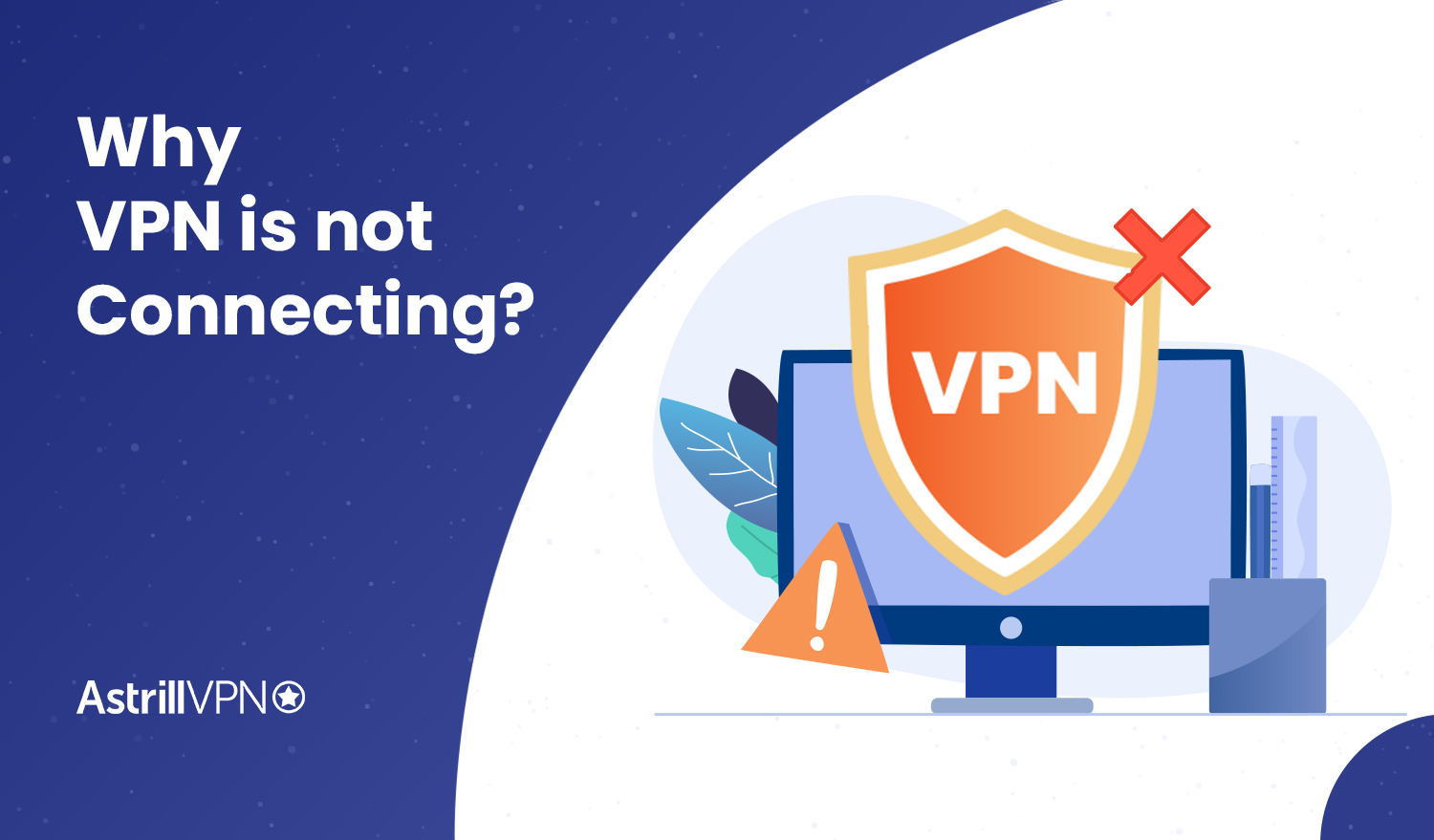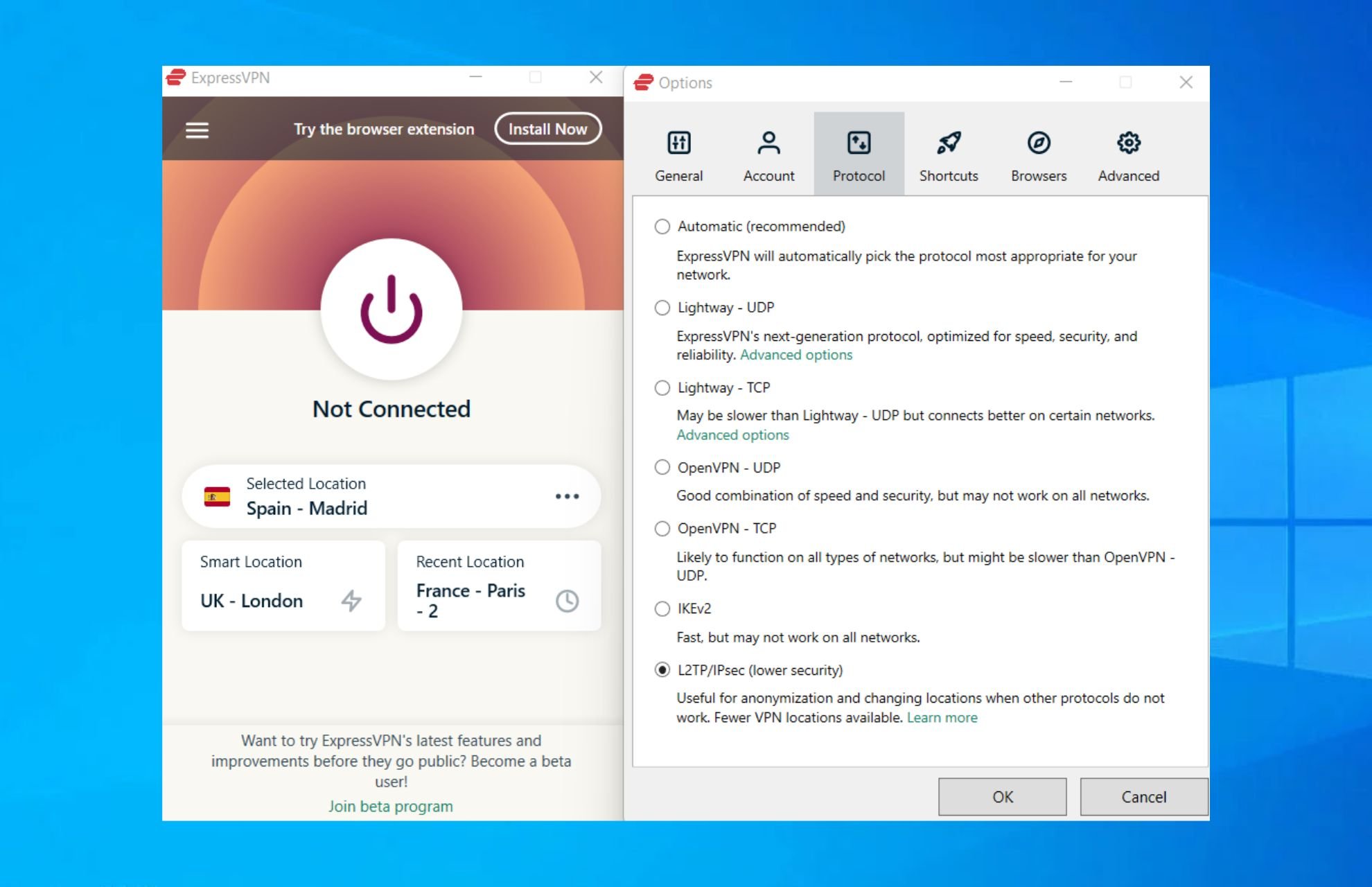Featured
Table of Contents
Vpn Stopped Working: Here Are 4 Quick Tips To Get It Back

The Routing and Remote Access snap-in lives within the Microsoft Management Console, known as the MMC. There are several methods to access the MMC. You can select the console from the Start menu's Programs alternatives, within the Administrative Tools folder within Windows server's Control board or by typing mmc at a command prompt.
As Tech, Republic's Brandon Vigliarolo shows within his video at the start of this article, the Services console shows the status of the Routing and Remote Gain access to entry. From within the Services console and with the Routing and Remote Gain access to entry highlighted, you can click Start the Service or right-click the entry and select Restart.
Sometimes the VPN client and VPN server are set to utilizing different authentication methods. Verify whether an authentication mistake is the problem by opening the server console. Another technique of accessing the MMC is to type Control+R to open a command prompt in which you can type mmc and struck Get in or click OK.
If the entry isn't present, click File, choose Add/Remove Snap-in, select the Routing and Remote Gain access to choice from the choices and click Include, then OK. With the Routing and Remote Access snap-in added, right-click on the VPN server and click Residences. Then, examine the Security tab to confirm the authentication technique.
Vpn Not Connecting? How To Fix This & Other Common ...
Ensure the VPN customer is set to the authentication method defined within the Security tab. Generally the products just examined are accountable for the majority of VPN connection rejection mistakes. But other basics must be correct, too. For instance, if the Windows Server hosting the VPN hasn't joined the Windows domain, the server will be unable to confirm logins.
Each Web-based VPN connection generally utilizes two various IP addresses for the VPN customer computer. This is the IP address that's utilized to develop the initial TCP/IP connection to the VPN server over the Web.

This IP address typically has the exact same subnet as the local network and thus permits the customer to communicate with the regional network. When you established the VPN server, you need to configure a DHCP server to appoint addresses to clients, or you can produce a bank of IP addresses to designate to clients straight from the VPN server.

If this choice is chosen and the efficient remote access policy is set to enable remote gain access to, the user will have the ability to connect to the VPN. I have been not able to re-create the circumstance personally, I have heard rumors that a bug exists in older Windows servers that can cause the connection to be accepted even if the reliable remote gain access to policy is set to deny a user's connection.
Streaming Websites, Services, Or Apps Are Inaccessible ...

Another typical VPN issue is that a connection is effectively established but the remote user is not able to access the network beyond the VPN server. Without a doubt, the most common cause of this issue is that permission hasn't been given for the user to access the whole network. To enable a user to access the whole network, go to the Routing and Remote Gain access to console and right-click on the VPN server that's having the issue.
At the top of the IP tab is an Enable IP Routing check box. If this check box is enabled, VPN users will be able to access the rest of the network, presuming network firewall programs and security-as-a-service settings allow. If the checkbox is not chosen, these users will have the ability to gain access to only the VPN server, however absolutely nothing beyond.
If a user is calling directly into the VPN server, it's typically best to set up a fixed path between the customer and the server. You can configure a static path by going to the Dial In tab of the user's residential or commercial properties sheet in Active Directory Users and Computers and choosing the Apply A Static Route check box.
Click the Add Route button and after that enter the destination IP address and network mask in the area provided. The metric should be left at 1. If you're using a DHCP server to assign IP addresses to clients, there are a number of other issues that could cause users not to be able to exceed the VPN server.
Vpn Not Connecting? 8 Possible Reasons And Fixes
If the DHCP server appoints the user an IP address that is already in use elsewhere on the network, Windows will detect the dispute and avoid the user from accessing the remainder of the network. Another common issue is the user not receiving an address at all. Most of the time, if the DHCP server can't assign the user an IP address, the connection won't make it this far.
If the client is appointed an address in a variety that's not present within the system's routing tables, the user will be unable to navigate the network beyond the VPN server. Ensure the resources the user is attempting to gain access to are in fact on the network to which the user is connecting.
A VPN connection to the other subnet might, in reality, be needed. A firewall software or security as a service option could likewise be to blame, so do not forget to evaluate those options' settings, if such components are present in between the VPN server and the resources the user looks for to reach.
The first possibility is that one or more of the routers involved is performing IP package filtering. IP package filtering might prevent IP tunnel traffic. I suggest examining the customer, the server and any devices in between for IP package filters. You can do this by clicking the Advanced button on each device's TCP/IP Characteristics sheet, picking the Options tab from the Advanced TCP/IP Settings Characteristic sheet, picking TCP/IP Filtering and clicking the Characteristics button.
Latest Posts
10 Best Vpn Services For 2023 - Top Vpns Compared
Best Business Vpn In 2023 [Ranked & Reviewed]
Best Vpn Services 2023 — Today's Top Picks